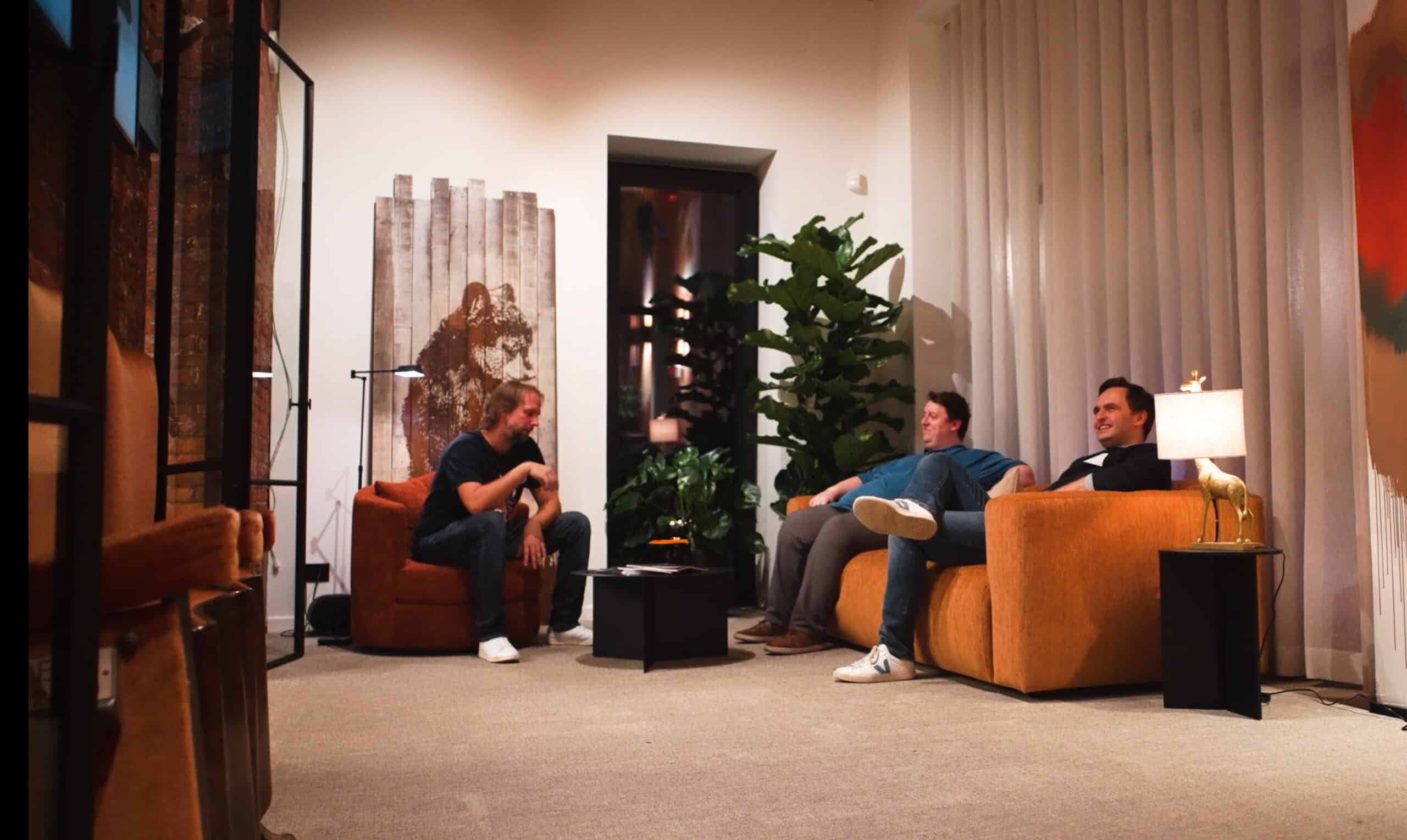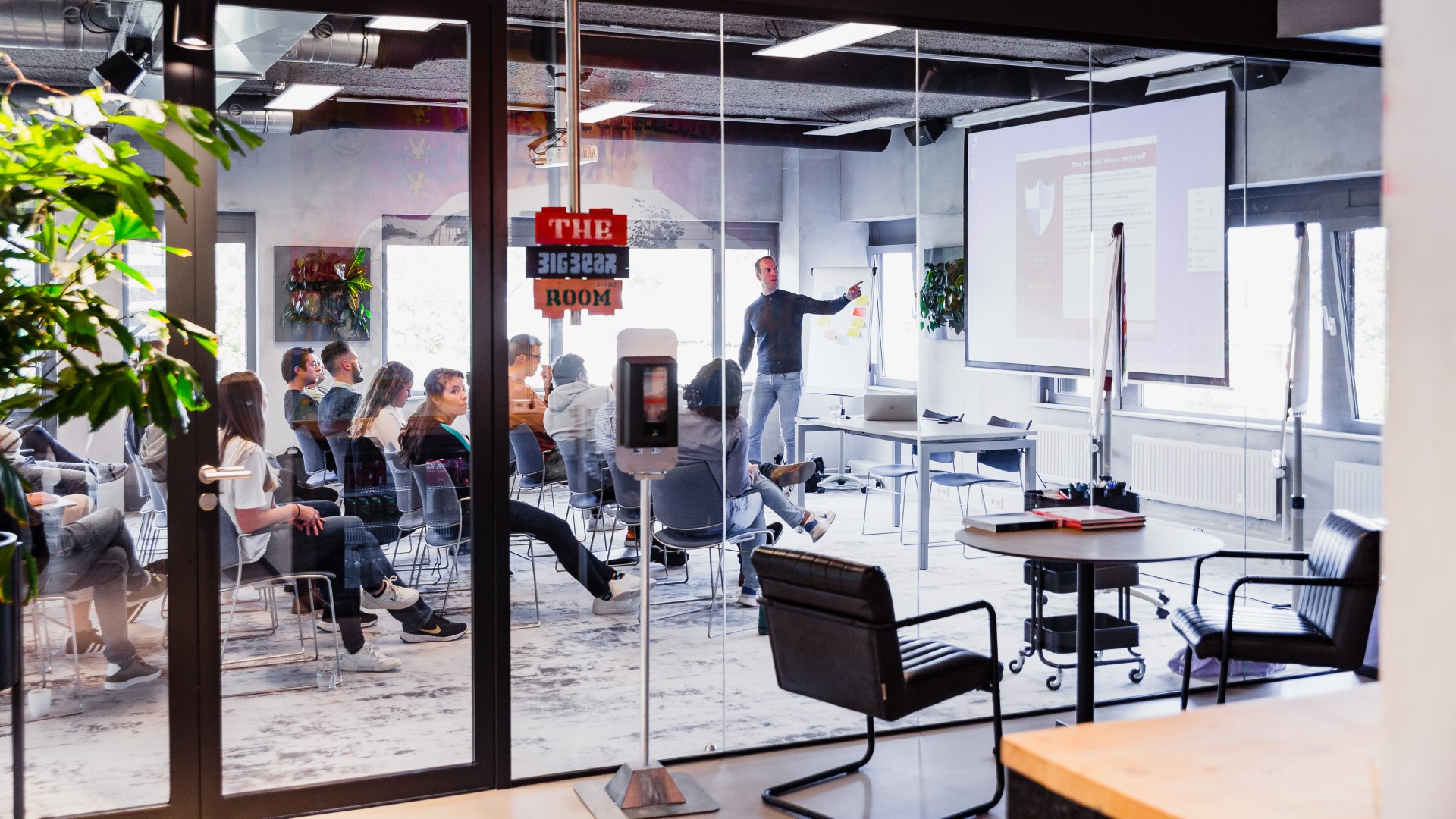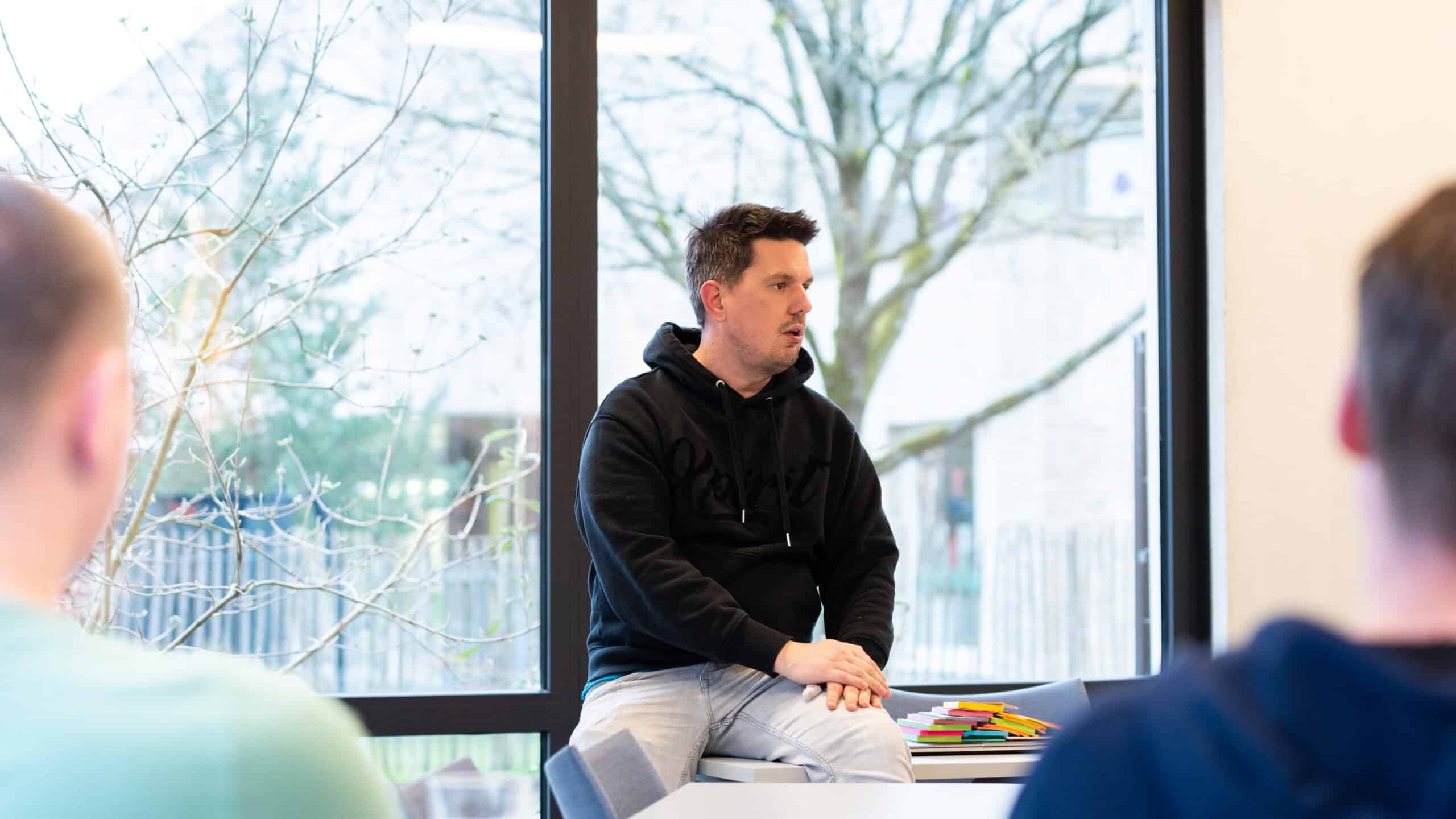Clean Architecture with ASP.NET Core 8
Building testable and maintainable code is a hard requirement these days. It’s vital that your software supports changes over a prolonged period of time. That is something that can be achieved only if you set up an architecture that supports this. In this workshop, you’ll learn about Clean Architecture applied to ASP.NET Core 8. Clean architecture has over the years proven to be a way to create a solid foundation for enterprise-ready applications.
Any questions?
Gill will gladly help you further with any personal or in-company needs you might have.
Get in touchWhat will you learn?
You’ll learn about the tools, frameworks and best practices to create an architecture that’s tested and is powering many applications. You’ll then use the API from a Blazor front-end.
After attending this course, you’ll walk away with ideas to create your next applications but now, based on best practices!
Key takeaways
- Understand the concepts of Clean Architecture in a practical way.
- Build a real-world application throughout the courseLeverage AWS Managed Services to enable greater flexibility and resiliency in an infrastructure.
- Learn about best practices and patterns you should apply in your own developmentUse the Well-Architected Framework to improve architectures with AWS solutions.
Program
This course will give you practical insights in the concept of Clean Architecture, a way to build robust, testable and maintainable applications. We will use ASP.NET Core and Blazor to apply the knowledge during this course.
An overview of ASP.NET Core and ASP.NET Core APIs
In this first chapter, we will make sure we’re all on the same page about ASP.NET Core and creating APIs with the technology. Although having previous experience with ASP.NET Core will come in handy, you will learn all that’s required about some of the foundational concepts such as dependency injection, middleware and more.
Introducing core architectural principles and clean architecture
Clean architecture is in essence not much more than applying well-known architectural principles in a correct way. Most developers will know these but we will start with an overview of these. Next, we will inspect the concept of clean architecture and the different parts that make up the structure of it.
Creating the application core
We will start the creation of our application from the very core. In this chapter, we will understand how to structure code around contracts, apply clean structuring, add CQRS, implement business rules and much more. We will see how common packages such as Mediator and AutoMapper can be used correctly here.
Adding the infrastructure layer
So far, our code is nicely structured but it doesn’t “do” a lot yet. That’ll quickly change in this chapter when we start adding infrastructure concerns. This will bring in functionalities such as data access based on EF Core and working with external services.
Who is it for?
Why should I follow this training?
Learn about Clean Architecture
Understand the architectural principle.
Build a real-world web app
This course will guide you in the end-to-end building of a real-world application.
Use it from an API and Blazor
To make it practical, you’ll apply the knowledge from an API and a Blazor application.
What does it look like?
What else
should I know?
After registration for this training, you will receive a confirmation email with practical information. A week before the training, we will ask you about any dietary wishes.
Course information
Training will consist of a healthy mix of theory, examples, and exercises.
Lunch is included.
Travel and accommodation expenses are not included.
Basics of ASP.NET Core are expected to be known.
Meet the trainer(s)

Gill Cleeren
Meet Gill Cleeren, Microsoft trainer at Xebia Academy. View Gill’s full profile and training courses on Xebia Academy.






